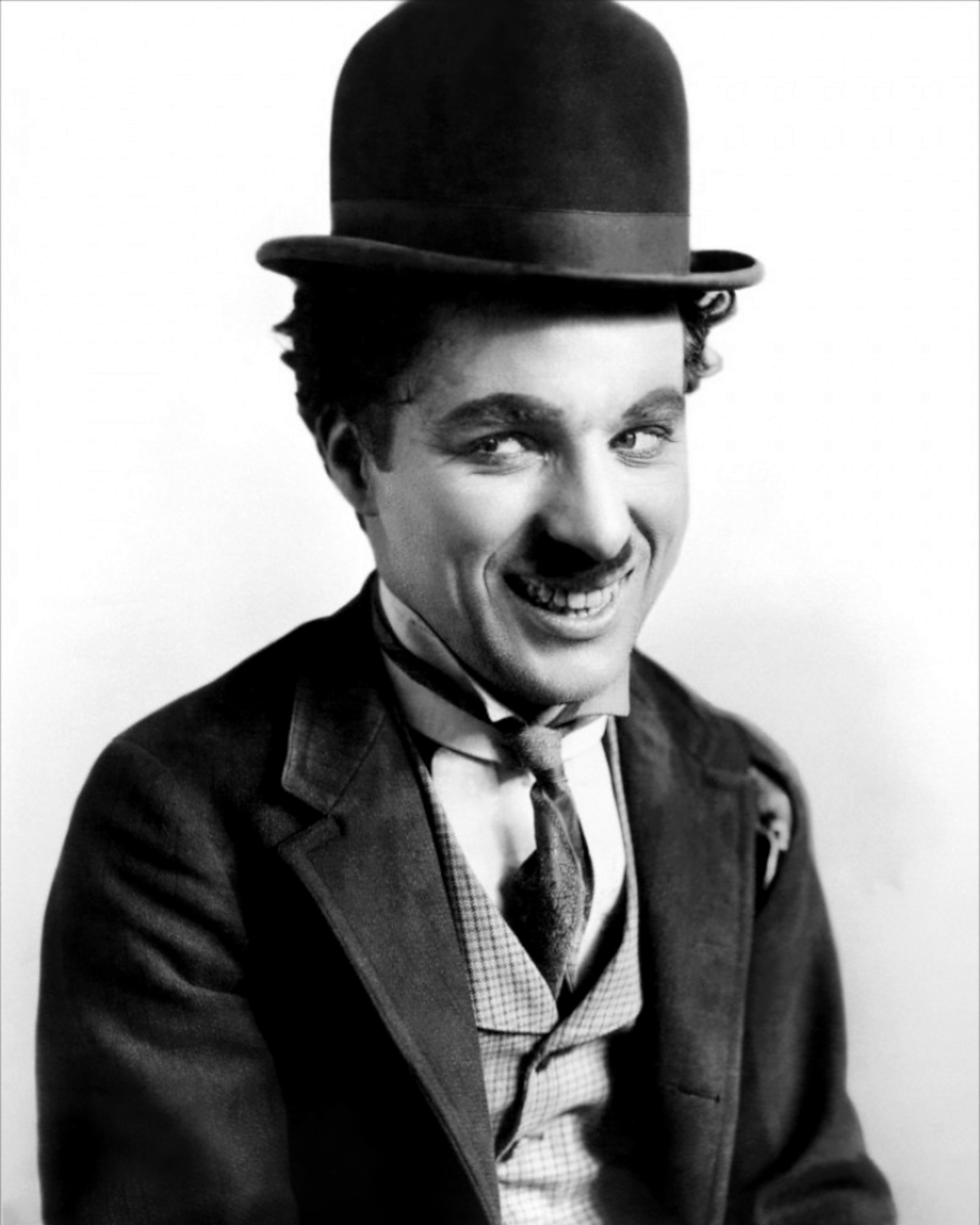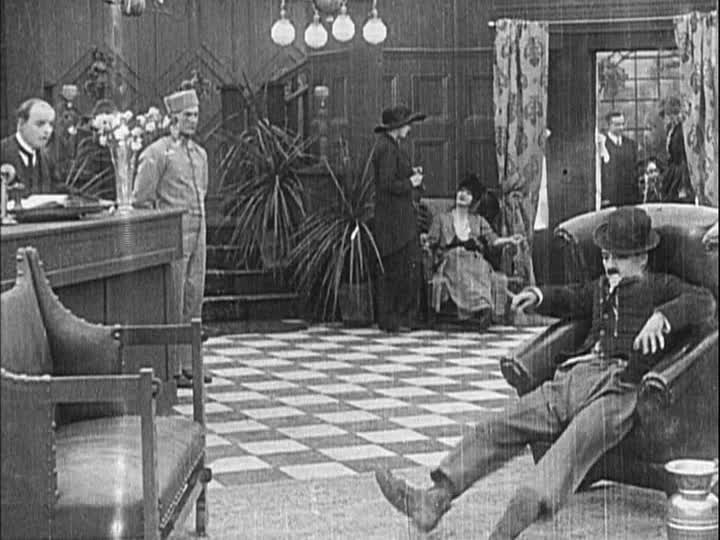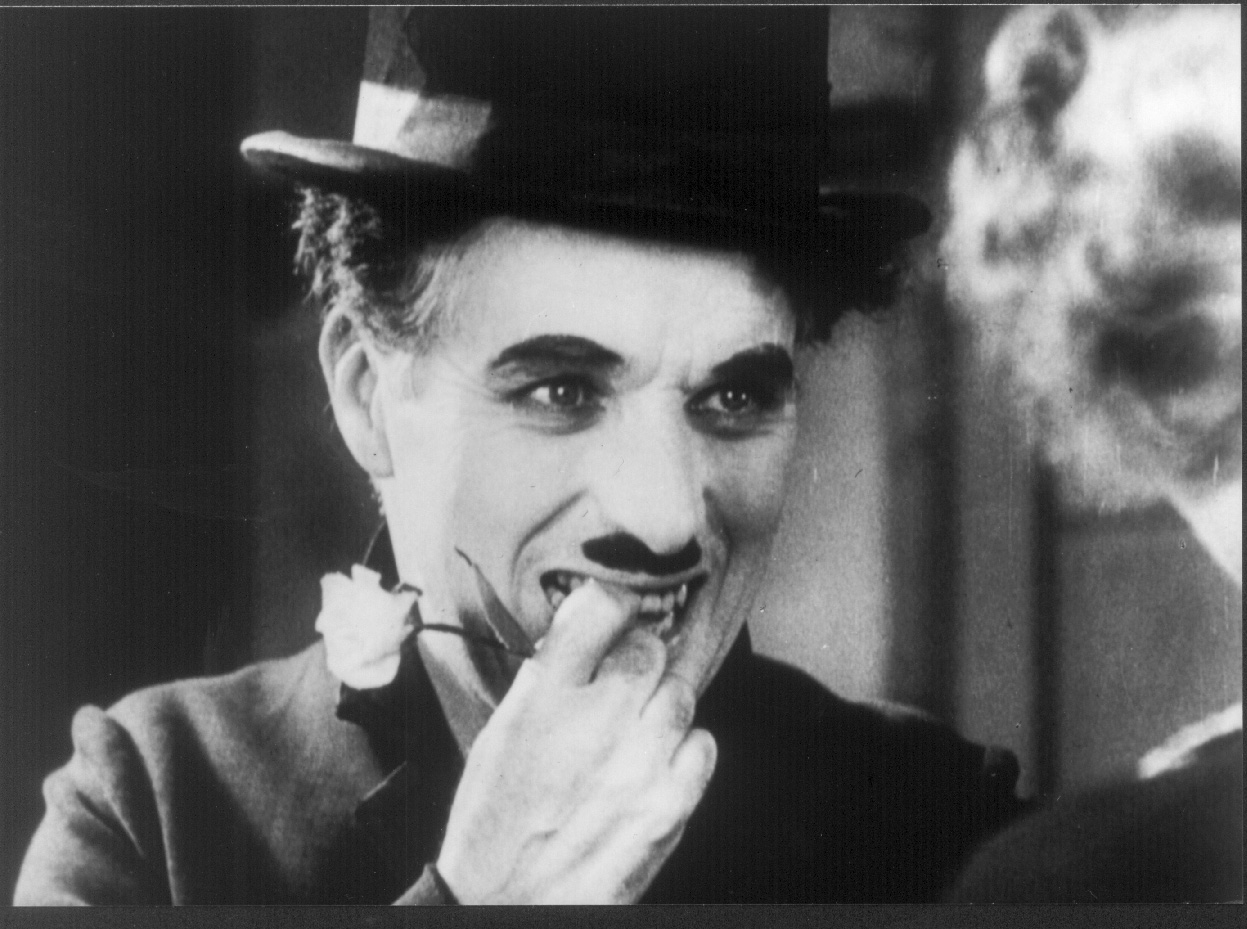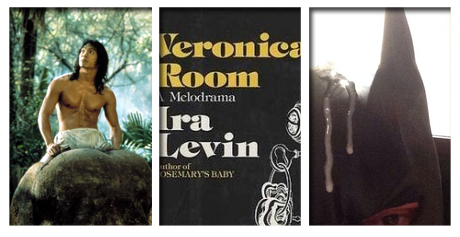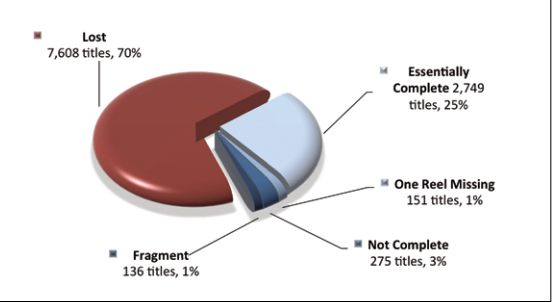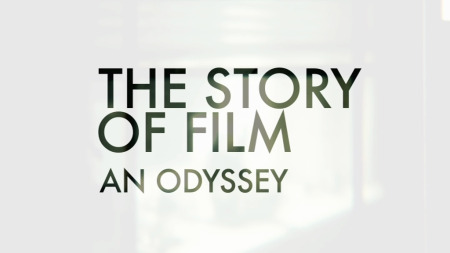17 Days Til Oscar
 Thursday, February 13, 2014 at 1:10PM
Thursday, February 13, 2014 at 1:10PM Today's Useless But Fun Oscar Trivia Numbers Chain!
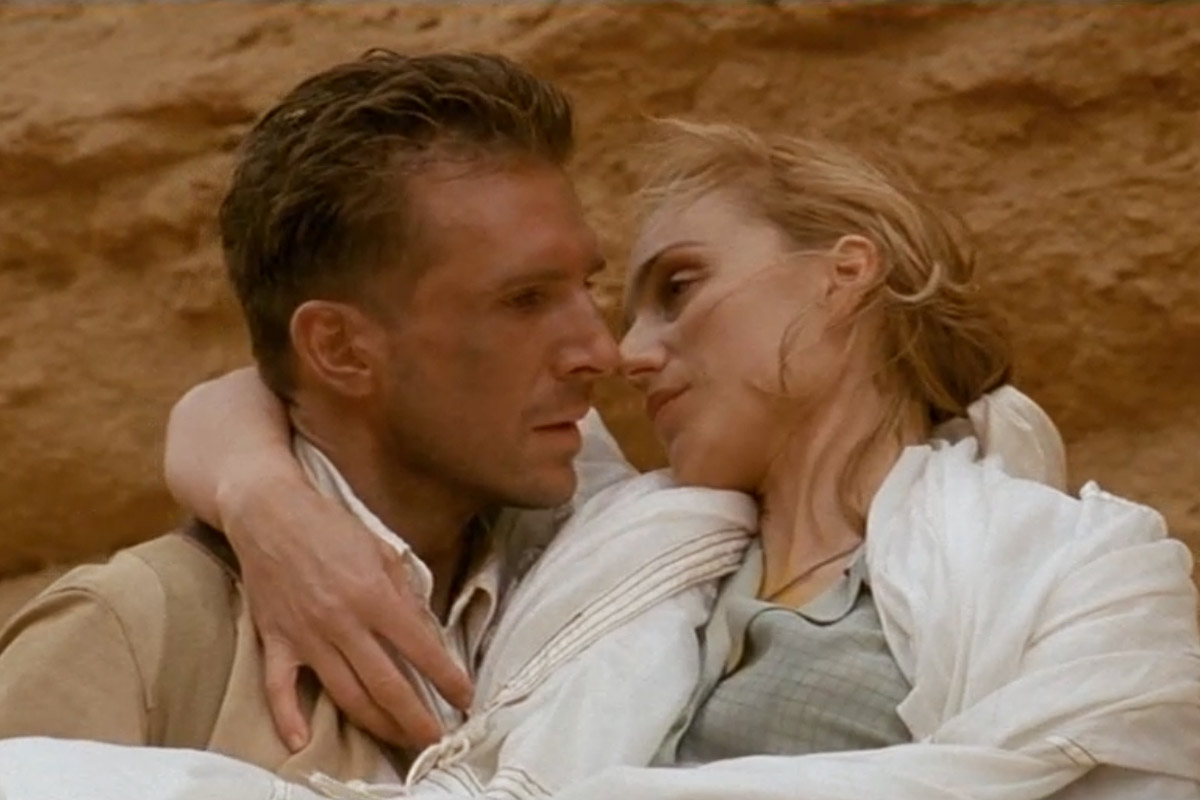
• 17 years ago The English Patient (1996) won 9 Oscars, driving Julia Louis-Dreyfus Elaine to the brink of madness "quit telling your stupid story about the desert and just die already. die!!!" and making it one of the seven most-Oscared films of all time. (Only Titanic and Return of the King have since beat it). Can Gravity, which has 10 nominations but will definitely lose Best Actress, tie The Patient's record -- it would have to win ALL of its other nominations -- or do you foresee a "spread the wealth" year?
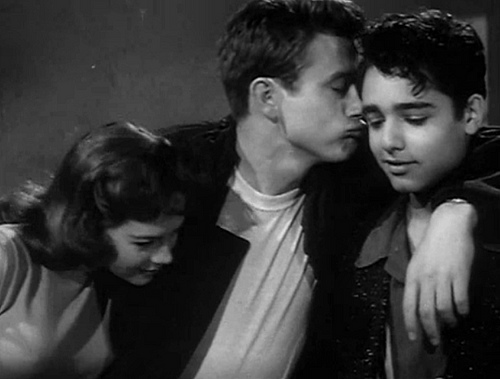 • Sal Mineo is the only 17 year-old of either gender ever nominated for an Oscar. That nomination came for his role as "Plato" in Rebel Without a Cause (1955). Mineo also holds the record of youngest (male) actor to two nominations as he was nominated for Exodus (1960) by the age of 22. He would have turned 75 this very year had he not been murdered at the age of 37 in West Hollywood.
• Sal Mineo is the only 17 year-old of either gender ever nominated for an Oscar. That nomination came for his role as "Plato" in Rebel Without a Cause (1955). Mineo also holds the record of youngest (male) actor to two nominations as he was nominated for Exodus (1960) by the age of 22. He would have turned 75 this very year had he not been murdered at the age of 37 in West Hollywood.
• Nomination #17 was the lucky number for Meryl Streep with The Iron Lady, finally giving her her controversial and long-awaited third win (2011). If it had only been for The Devil Wears Prada (2006) instead!
• There are only three people who've ever been nominated for an Oscar exactly 17 times. Those lucky souls are the production designer George W. Davis who won Art Direction Oscars for The Robe (1953) and The Diary of Anne Frank (1959), the composer Miklós Rosza who won Best Original Score for Alfred Hitchcock's Spellbound (1945), as well as A Double Life (1947) and Ben-Hur (1959) and, finally and most recently, Gary Rydstrom who has been nominated in three different categories (Animated Short Film and both Sound categories) and has won 7 Oscars!
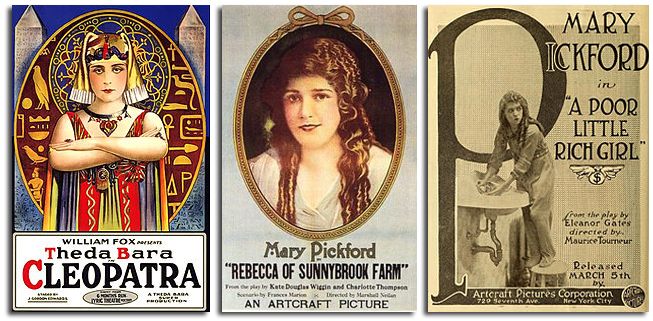
• In 1917 the Oscars hadn't been invented yet but if they had I'm reasonably certain that Mary Pickford would have won Best Actress unless scary Theda Bara had intervened (Pickford had at least three hits that year and then we could have been spared her career-tribute Oscar win for Coquette which so embarrasses Oscar historians!)
And finally I made this photograph (and also the snowballs) this morning which I have christened
SEVENTEEN SNOW DAYS TIL OSCAR

I had planned to do something far more elaborate an hour or two afterwards. (Yes, I am one of those sick sick people who loves winter and the snow) but then it quickly turned to sludge. Boo!



